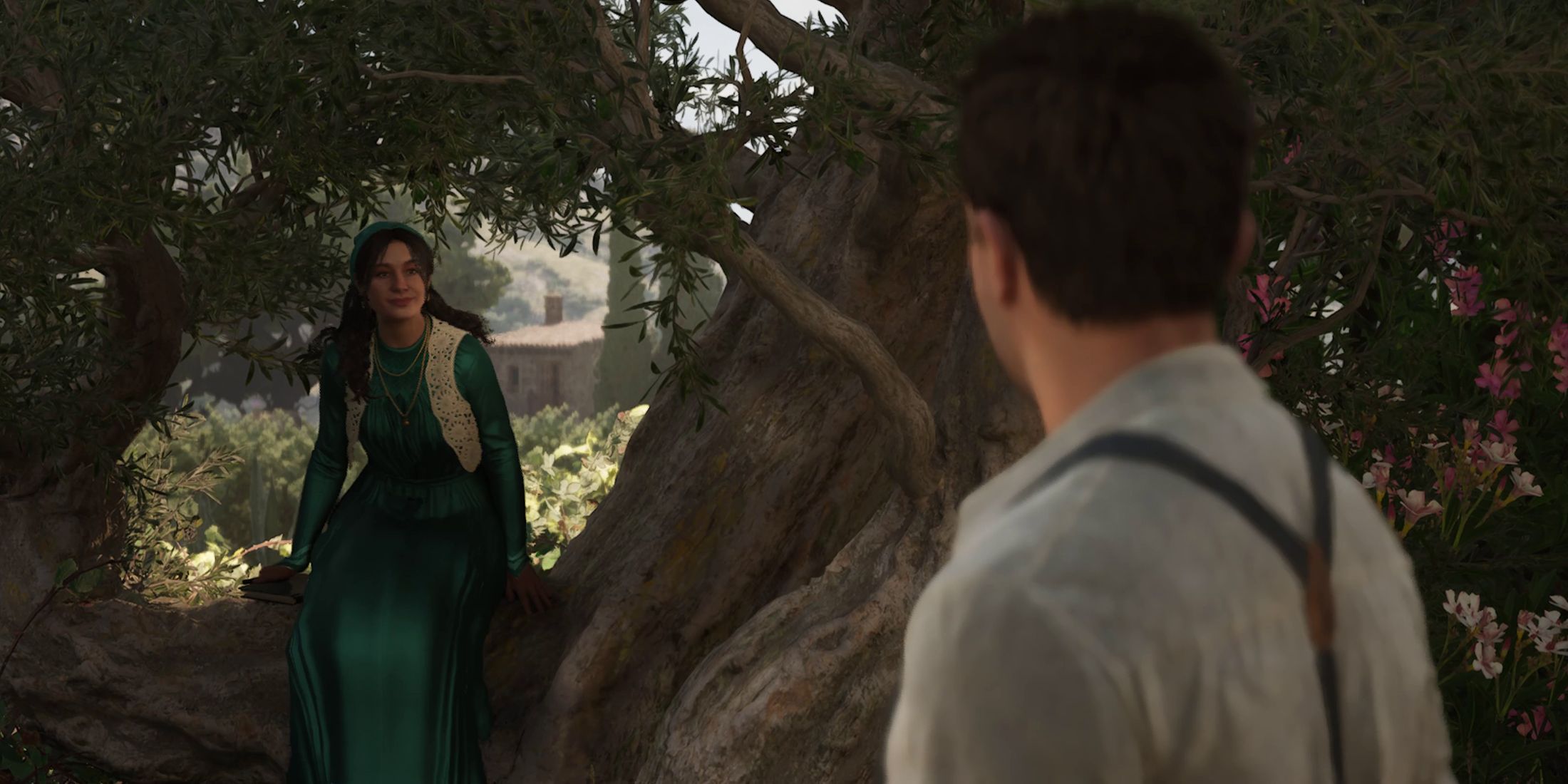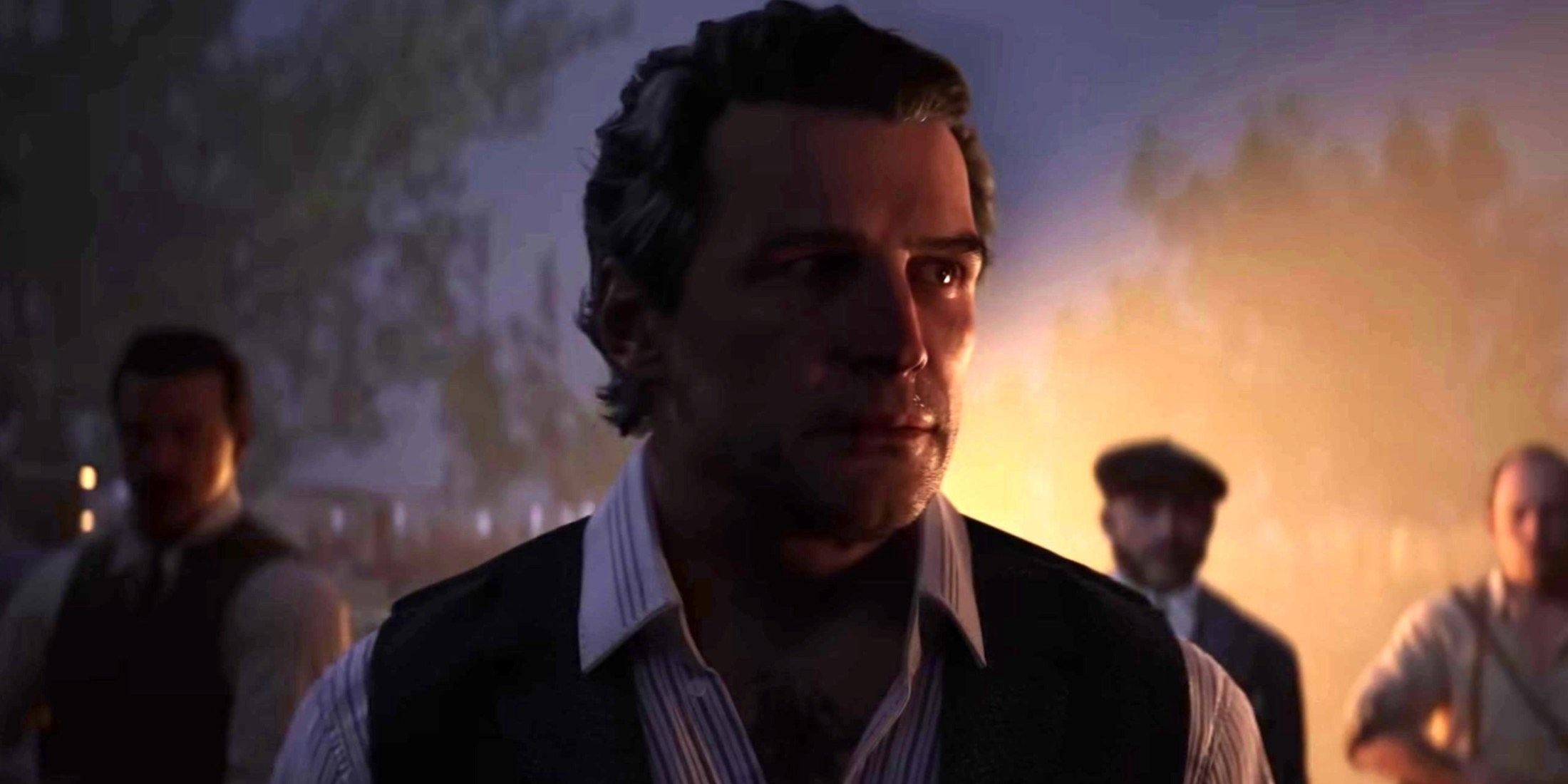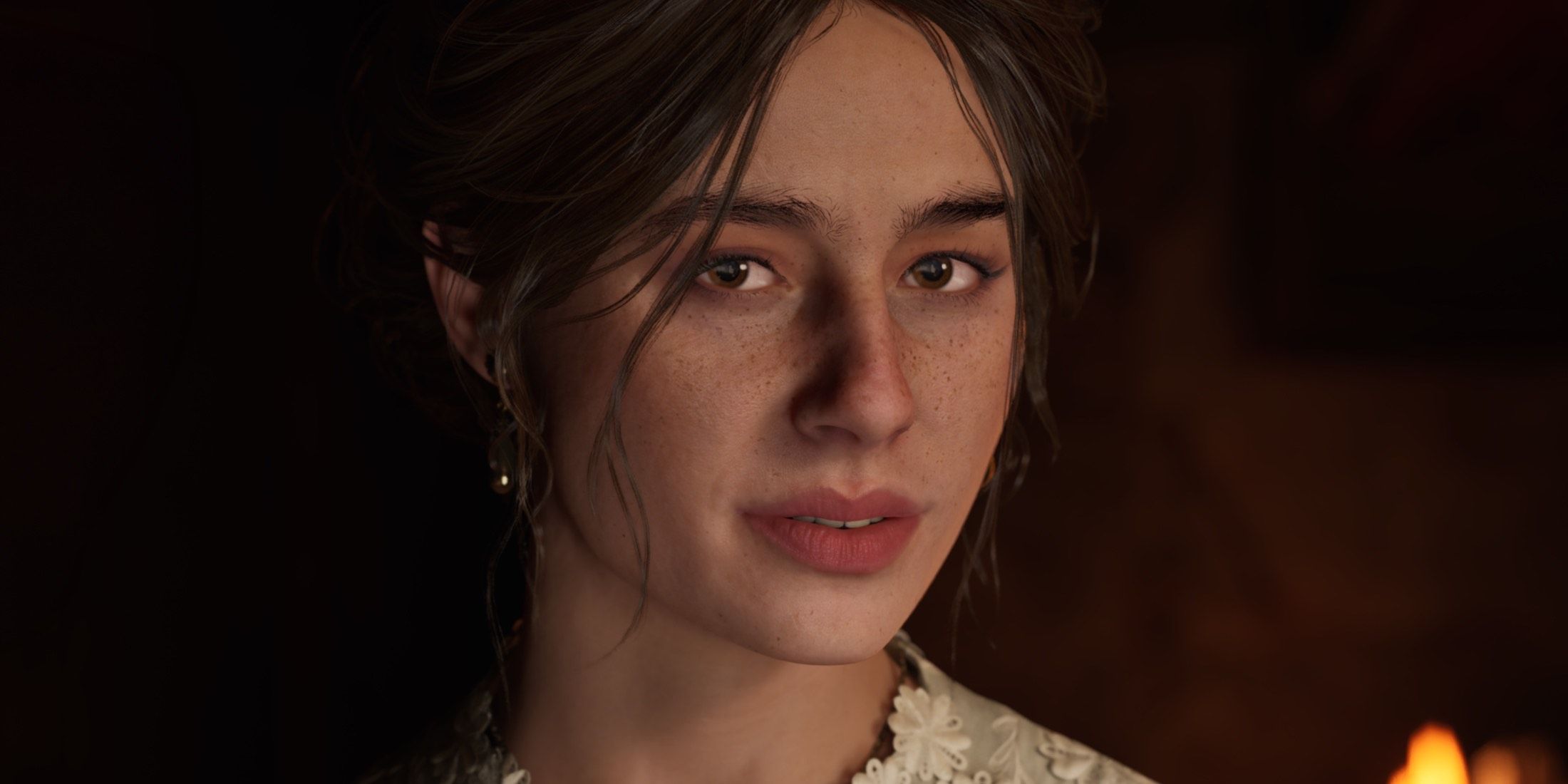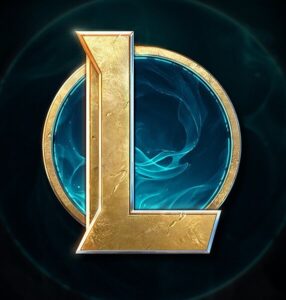Embracing Tradition: Why Mafia: The Old Country’s Classic Design is a Strength
Popular Now
 Gacha Club
Gacha Club
 Genshin Impact
Genshin Impact
 EA SPORT FC 25
EA SPORT FC 25
 The Legend of Zelda
The Legend of Zelda
 Black Myth: Wukong
Black Myth: Wukong
 Warframe
Warframe
 Geometry Dash
Geometry Dash
 R.E.P.O
R.E.P.O
 Counter-Strike 2
Counter-Strike 2
 Fortnite
Fortnite
 In an age where every major video game release seems to chase the latest trends, from expansive open worlds to live-service models, Mafia: The Old Country has arrived with a refreshing sense of confidence in its own identity. The latest entry in the venerable crime saga is a prequel that takes players to the sun-drenched hills of early 1900s Sicily, and it does so without reinventing the wheel. The game is a linear, tightly-focused, story-driven experience that echoes the design of the original classics. While some critics have pointed to its “safe” gameplay mechanics and lack of innovation, this adherence to the franchise’s core pillars is not a weakness; it is, in fact, the game’s greatest strength.
In an age where every major video game release seems to chase the latest trends, from expansive open worlds to live-service models, Mafia: The Old Country has arrived with a refreshing sense of confidence in its own identity. The latest entry in the venerable crime saga is a prequel that takes players to the sun-drenched hills of early 1900s Sicily, and it does so without reinventing the wheel. The game is a linear, tightly-focused, story-driven experience that echoes the design of the original classics. While some critics have pointed to its “safe” gameplay mechanics and lack of innovation, this adherence to the franchise’s core pillars is not a weakness; it is, in fact, the game’s greatest strength.
Developed by Hangar 13, the game follows Enzo Favara, a young man who becomes embroiled in the brutal world of the Sicilian Mafia. The narrative is a cinematic, 12–15-hour saga that is more of an interactive movie than a sprawling sandbox. The open world of Sicily is a stunning and authentic backdrop, rich with atmosphere and detail, but it serves the story, not the other way around. Unlike the contentious design of Mafia III, which locked narrative progress behind tedious open-world busywork, The Old Country keeps the player’s attention on the story and the story alone. This approach creates an immersive and engrossing experience that feels both fresh and timeless, a welcome change from the “content-filled amusement parks” that have become the norm for many modern games. It’s a game that values its narrative and world-building over the need for endless checklists and side activities, and in doing so, it delivers a more potent and memorable experience.
 The Power of a Focused Experience
The Power of a Focused Experience
While the core gameplay loop of The Old Country—a mix of cover-based shooting, stealth sections, and one-on-one knife fights—may not break new ground, it is polished and serviceable. The combat is responsive, and the game’s set pieces are expertly crafted to create a sense of tension and cinematic drama. The knife fights, in particular, are a visceral and claustrophobic addition that feels perfectly suited to the brutal world of early 20th-century Sicily. The game also introduces some new mechanics, such as a “sharpening” mechanic for your knife and a “listening” ability that highlights enemies, but these are small tweaks rather than wholesale changes. The lack of a deep progression system or complex character customization is by design; the game wants you to feel like a part of a larger story, not a player building a character with a skill tree. This focus allows the developers to craft a more intimate and personal narrative, one that is not diluted by unnecessary distractions.
 The game’s visuals are a highlight, with Hangar 13 leveraging the power of Unreal Engine 5 to create an exquisite vision of early-1900s Sicily. From the sun-dappled vineyards to the shadowy alleyways of the fictional town of San Celeste, the world feels meticulously crafted and alive. The character models and facial animations are top-notch, especially in the game’s cinematic cutscenes. The game also includes some neat connections to the existing lore of the franchise, which longtime fans will appreciate. While some players might find the game’s linear structure and lack of side content to be a drawback, for those who value a strong narrative and a focused, cinematic experience, Mafia: The Old Country is a triumph. It is a game that knows exactly what it wants to be: a gritty, story-driven action-adventure that honors the legacy of the series without compromising its vision. It doesn’t need to reinvent the wheel to be a great game; it just needs to make sure the wheels it has are perfectly tuned, and in that regard, it has succeeded admirably.
The game’s visuals are a highlight, with Hangar 13 leveraging the power of Unreal Engine 5 to create an exquisite vision of early-1900s Sicily. From the sun-dappled vineyards to the shadowy alleyways of the fictional town of San Celeste, the world feels meticulously crafted and alive. The character models and facial animations are top-notch, especially in the game’s cinematic cutscenes. The game also includes some neat connections to the existing lore of the franchise, which longtime fans will appreciate. While some players might find the game’s linear structure and lack of side content to be a drawback, for those who value a strong narrative and a focused, cinematic experience, Mafia: The Old Country is a triumph. It is a game that knows exactly what it wants to be: a gritty, story-driven action-adventure that honors the legacy of the series without compromising its vision. It doesn’t need to reinvent the wheel to be a great game; it just needs to make sure the wheels it has are perfectly tuned, and in that regard, it has succeeded admirably.








